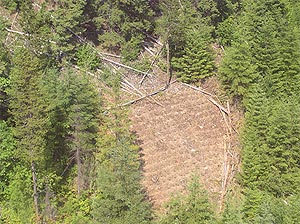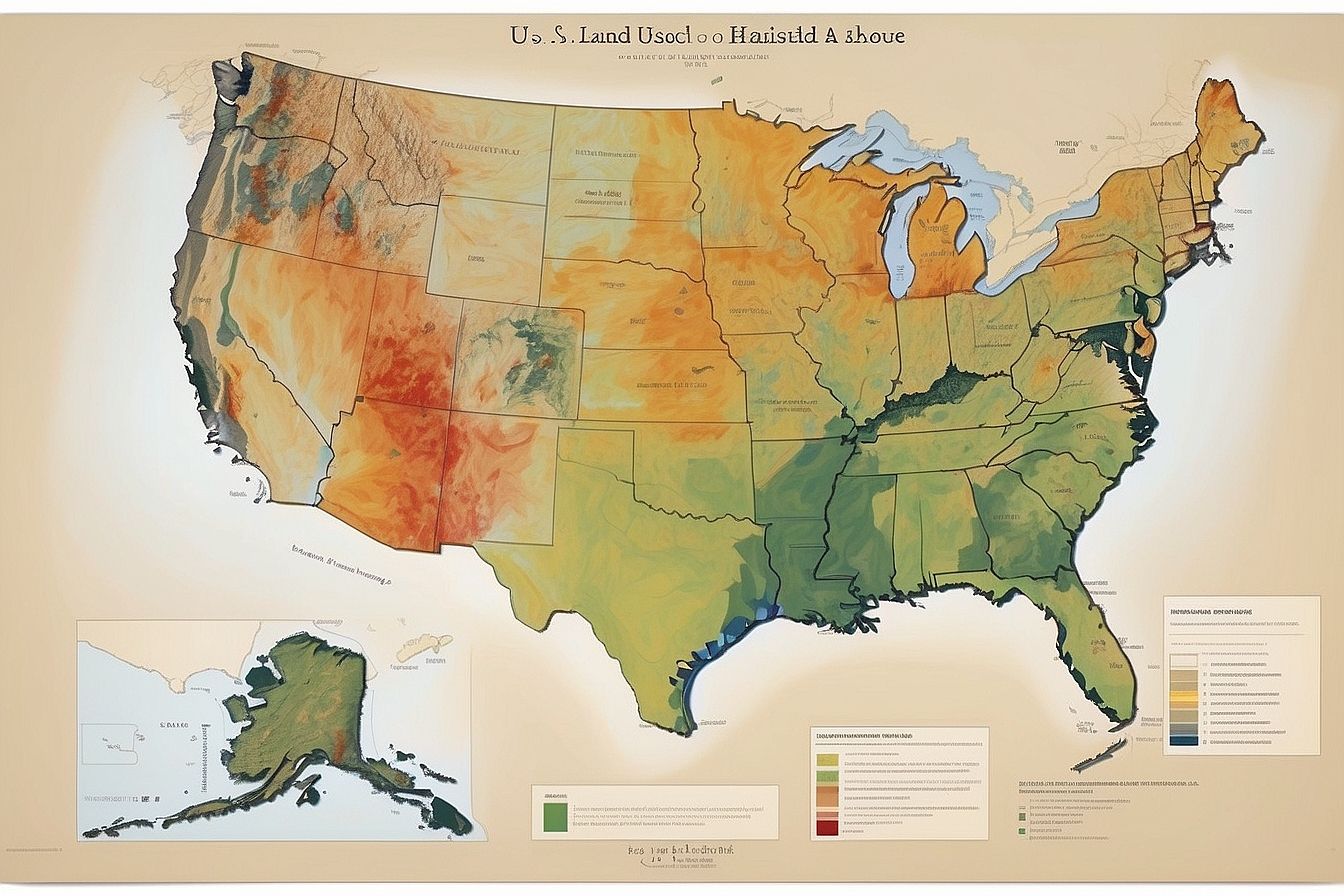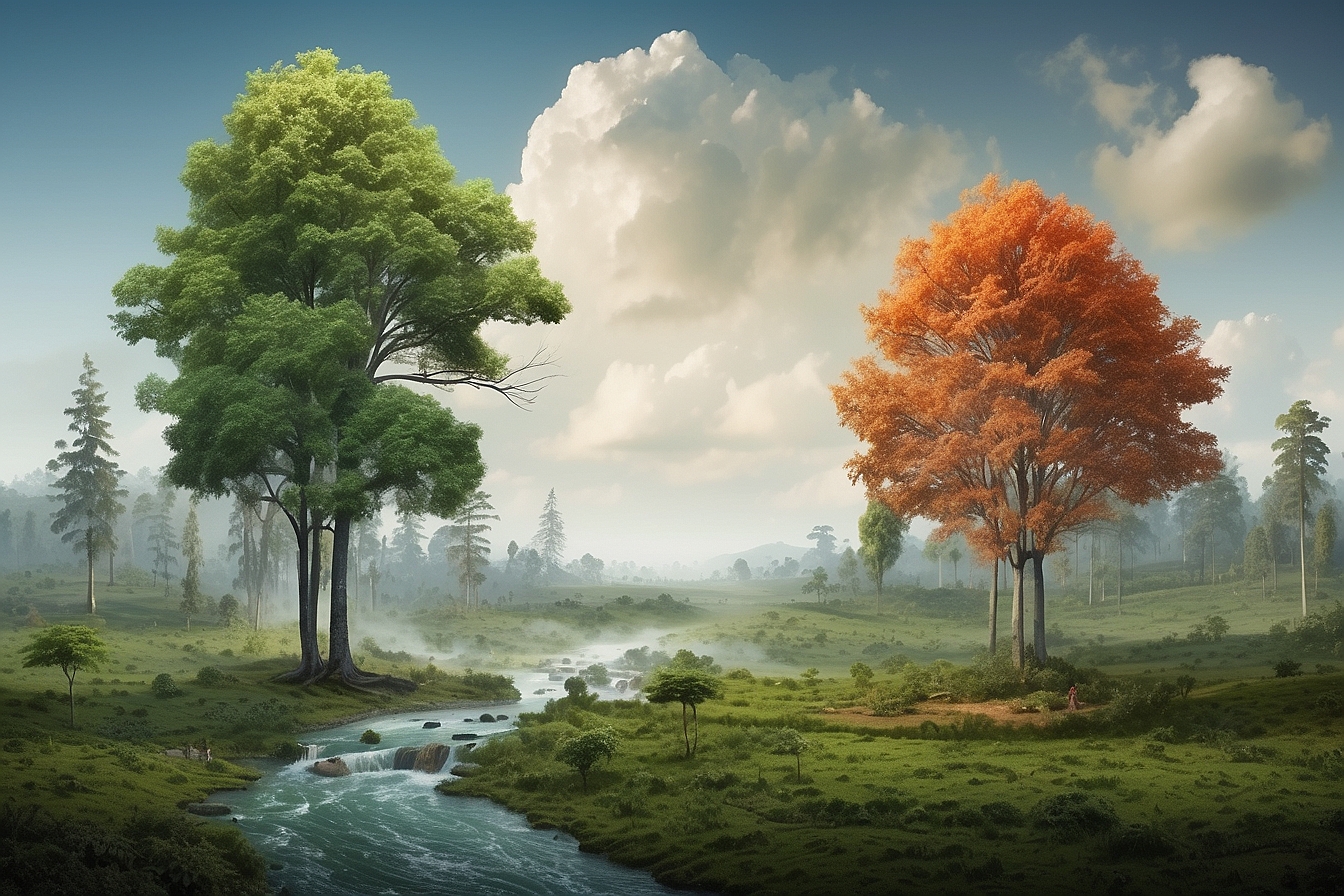The illegal drug industry is always a controversial topic. However, the environmental impact of producing and transporting these drugs is unfortunately often overlooked. The most commonly used drugs – marijuana, methamphetamine, cocaine, and heroin – pose considerable threats to the environment. The illegal drug industry harms our environment in a number of ways, ranging from pesticide ![]() usage to pollution and of course the wasting of precious resources such as clean water. In turn, these industries also pose a threat to human health and that of our planet’s wildlife. It is time that these aspects of the illegal drug industry become part of the dialogue.
usage to pollution and of course the wasting of precious resources such as clean water. In turn, these industries also pose a threat to human health and that of our planet’s wildlife. It is time that these aspects of the illegal drug industry become part of the dialogue.
Marijuana
In the United States, it is only legal to grow marijuana in two states: Washington and Colorado.1 Because of this, many marijuana farmers secretly set up their plantations in remote areas of national parks.2 Marijuana is infamously temperamental and requires a great deal of space, water, and nutrients to grow properly in an outdoor setting. Unfortunately, the soil in areas chosen for marijuana farms is often not sufficiently nutrient-rich. The California Department of Fish and Game estimates that for every 11.5 marijuana plants grown, 1.5 pounds of pesticides and fertilizers are used.3
https://web.archive.org/web/20160404102928if_/http://www.youtube.com/embed/IFNe_KZhPZw i
In some cases, rat poison is spread around the marijuana plant as a pest prevention method. Not surprisingly, the rat poison practice has detrimental effects on the surrounding wildlife. The water from irrigation systems lures animals looking for water to the plantation. The animals then end up ingesting the rat poison and dying. For example, postmortem exams of fishers, a relative of the weasel, showed that all of the deceased tracked fishers in Northern California in recent years had rat poison in their tissue samples. Taking pest control a step further, some farmers have even been caught using hot dogs laced with insecticide to deter larger animals.4 In addition to the negative impacts on wildlife, it is alarming to think about what effects inhaling rat poison could have on human marijuana users.
Methamphetamine
Unlike marijuana, methamphetamine is created completely out of synthetic chemicals. A few of these toxic chemicals include ether (starter fluid), paint thinner, Freon, and sulfuric acid (battery acid). However, not only is methamphetamine extremely toxic to the body, but it also has considerable environmental impacts. For every one-pound of methamphetamine, three to six pounds of toxic waste are created. According to the U.S. Drug Enforcement Administration, there are over 100,000 methamphetamine labs in the United States. Methamphetamine “labs” are extremely resource-intensive to clean up—the average clean up costs $3,000, but larger labs have cost up to $100,000 to shut down safely.5 Inexperienced meth “cookers” are also at great risk of blowing up their “labs” which are often homes in residential zones, causing entire neighborhoods to be exposed to highly toxic pollution.
 ii
ii
Cocaine
Cocaine has had profound deforestation ![]() impacts in Peru, Columbia, and Bolivia. To make room for coca crop, farmers slash and burn large areas of forest. Aside from deforestation, processing coca leaves into cocaine has serious environmental impacts. The U.S. State Department estimates that “10 million liters of sulfuric acid, 16 million liters of ethyl ether, 8 million liters of acetone, and from 40-770 million liters of kerosene” are poured directly into the ground by cocaine processors in the Andean region each year.6
impacts in Peru, Columbia, and Bolivia. To make room for coca crop, farmers slash and burn large areas of forest. Aside from deforestation, processing coca leaves into cocaine has serious environmental impacts. The U.S. State Department estimates that “10 million liters of sulfuric acid, 16 million liters of ethyl ether, 8 million liters of acetone, and from 40-770 million liters of kerosene” are poured directly into the ground by cocaine processors in the Andean region each year.6
Heroin
Heroin, which is processed from poppies, has similarly negative impacts on the environment as marijuana and cocaine, such as deforestation, pesticide use, and soil erosion ![]() . In addition to the impacts of simply growing the poppies, processing the poppies into heroin has additional environmental impacts. In Burma, heroin laboratories pour their processing chemicals directly into rivers. This action of course has a myriad of impacts on the health of the surrounding ecosystems and humans.7
. In addition to the impacts of simply growing the poppies, processing the poppies into heroin has additional environmental impacts. In Burma, heroin laboratories pour their processing chemicals directly into rivers. This action of course has a myriad of impacts on the health of the surrounding ecosystems and humans.7
Deforestation
 iiiThe production and trafficking of marijuana, cocaine, and heroin entails massive amounts of rainforests
iiiThe production and trafficking of marijuana, cocaine, and heroin entails massive amounts of rainforests ![]() of Central America. In Honduras, large-scale deforestation quadrupled between 2007 and 2011. Between those same years, cocaine movement in Honduras rose significantly, as well.8
of Central America. In Honduras, large-scale deforestation quadrupled between 2007 and 2011. Between those same years, cocaine movement in Honduras rose significantly, as well.8
Researchers claim that the only effect the “war on drugs” has had is to push drug trafficking into more remote and ecologically valuable areas. Drug dealers often have enough political influence that their actions in these forested areas are not contested. Their presence in these remote areas puts indigenous communities and conservation groups in danger, as well as causes habitat loss ![]() and fragmentation. Clearly, a militarized approach to the “war on drugs” is not working, and alternative approaches need to be considered for the sake of human and ecological health.9
and fragmentation. Clearly, a militarized approach to the “war on drugs” is not working, and alternative approaches need to be considered for the sake of human and ecological health.9





